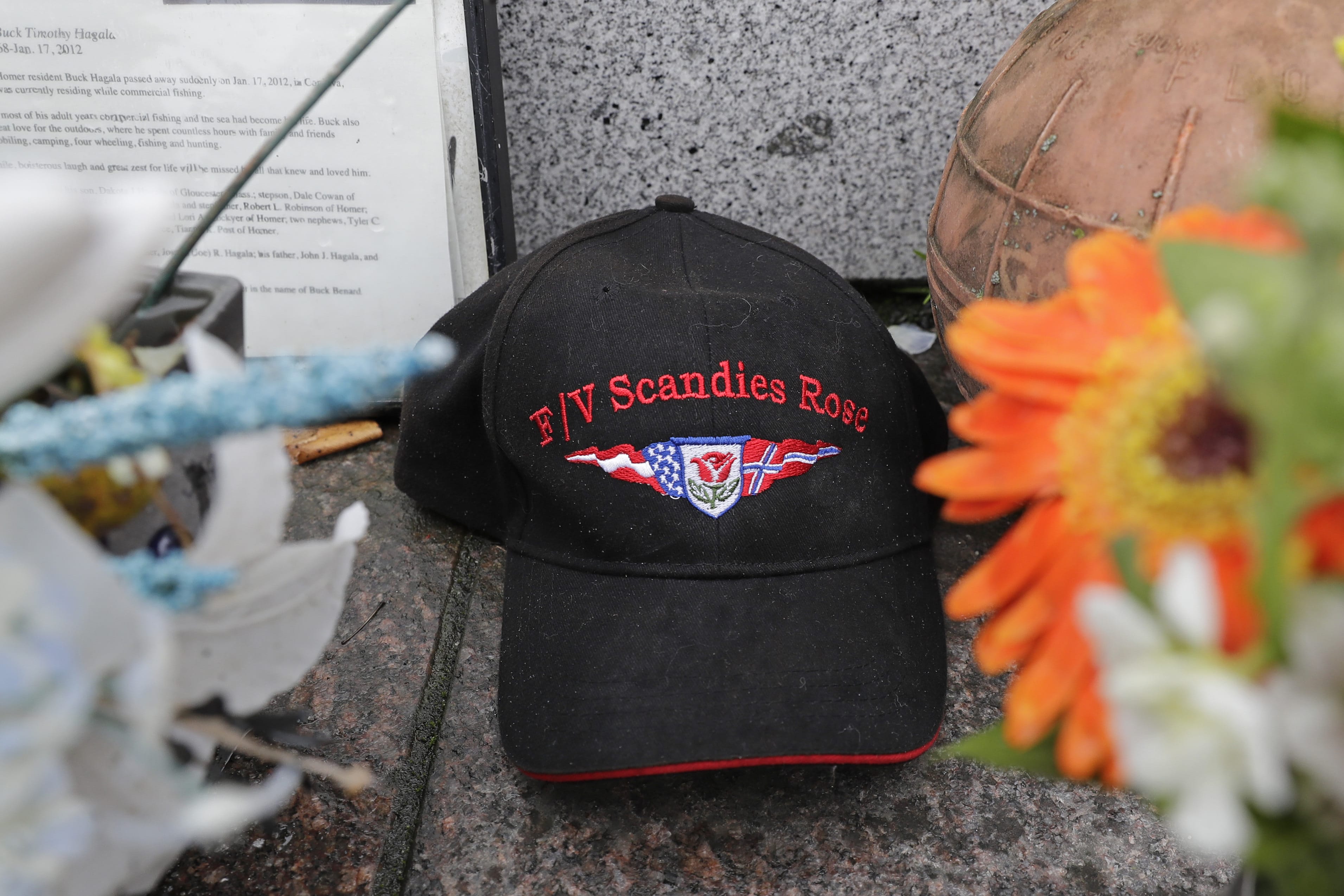JUNEAU, Alaska — Five fishermen missing after a crab boat sank in the frigid waters off Alaska were feared dead after authorities called off a search for those working in the one of the most dangerous industries in the U.S.
Two other crew members were rescued after the disaster Tuesday, telling authorities they were the only ones who made it into a life raft, the Anchorage Daily News reported. They suffered hypothermia but have been released from a hospital.
The Coast Guard said it used helicopters, planes and a boat to look for the missing crew members for 20 hours before ending the search late Wednesday because they were not likely to have survived.
The agency didn’t release any details Thursday on what caused the boat to sink, saying that talking to the survivors is part of the investigation.
The boat, named the Scandies Rose, was carrying a load of crabbing pots for the start of the winter season, Dan Mattsen, a partner in the vessel managed by Seattle-Based Mattsen Management, told the Seattle Times.
Crabbing boats endure perilous conditions in Alaska waters that have been immortalized in the Discovery Channel documentary series “Deadliest Catch.” Workers face dangers like huge waves, harsh weather and massive crab pots that could crush them.
Gary Knagin of Kodiak, Alaska, the brother-in-law of the boat’s captain, Gary Cobban, told The Associated Press that he doesn’t think the five crew members will be found alive.
“We know the risks involved in this profession, and I’m not holding out hope,” said Knagin, who worked on a crab boat for 30 years in Alaska’s Bering Sea. “I’ve seen this too many times. There’s a 13-hour window in those conditions, and they passed that.”
Knagin’s wife, Gerry Cobban Knagin, wrote on Facebook that her brother and nephew, David Cobban, were not among those who had been rescued.
The boat was traveling in an area with warnings about strong winds and heavy freezing spray, said Louise Fode, a warning coordination meteorologist with the National Weather Service.
The conditions didn’t seem to worry the boat’s captain, his ex-girlfriend told the Anchorage Daily News. Jeri Lynn Smith said Gary Cobban called her in North Carolina about two hours before the boat sank to wish her a happy new year.
“When I talked to him, he told me the boat was icing and it had a list to it, but he didn’t sound alarmed. He didn’t sound scared,” Smith said. “The boat ices. The boat ices every winter. It’s just something they deal with. I didn’t worry about it.”
Ashley Boggs of Peru, Indiana, also said her fiance, Brock Rainey, called her New Year’s Eve and said the conditions were bad. She said she hasn’t given up hope.
“I’m just praying and hoping they find him on land or something,” she told AP on Thursday.
The 130-foot (40-meter) boat, which had left from Dutch Harbor, sent a mayday distress call, and the Coast Guard launched a rescue.
The vessel’s last known position was 170 miles (270 kilometers) southwest of Kodiak Island, near the southern tip of Alaska, and it sank about 10 p.m. Tuesday, the agency said.
Rescue crews arrived about 2 a.m. Wednesday and battled winds of more than 40 mph (64 kph), 15- to 20-foot (4.5- to 6-meter) seas and visibility that was limited to 1 mile (1.5 kilometers), Coast Guard Petty Officer 2nd Class Melissa McKenzie said.
“That’s rough conditions,” she said.
McKenzie said the air temperature was about 10 degrees (12 below zero Celsius). The estimated water temperature in the area was 43 degrees (6 degrees Celsius), the weather service said.
Rescuers saw a faint light in one life raft, but a medic lowered from a helicopter found it empty, the Anchorage Daily News reported. Another faint light was spotted about a half-mile (1 kilometer) away, where searchers found the two survivors, ages 38 and 34.
The men told rescuers that they were able to get into survival suits and didn’t know if the other five crew members did, the newspaper reported. The suits offer flotation and hypothermia protection.
David Otness, a retired crab fisherman in Cordova, Alaska, who spent more than 50 years in the Pacific and Bering Sea industry, said it’s dangerous work.
“It’s known for its loss,” he said. “We can count the years when that isn’t the case. It’s quite a life, but it’s a labor of love and fear and respect for the world around you.”
The sheer size of the crab pots, which weigh about 700 pounds each, can pose problems in stormy weather, Otness said. They can get covered with ice, which causes the boat to be top-heavy, he said.
“It’s a dance, a ballet that transpires,” Otness said. “Your center of gravity is so quickly disrupted.”
The National Institute for Occupational Safety and Health calls commercial fishing one of the country’s most dangerous occupations. It said there were 179 deaths in Alaska fisheries between 2000 and 2014, the most recent numbers available.
From 2010 to 2014, there were 66 vessel disasters in Alaska waters, including sinkings and fires, that killed 15 people, the agency said. Leading causes of fatal disasters were instability and being hit by large waves, it said.



